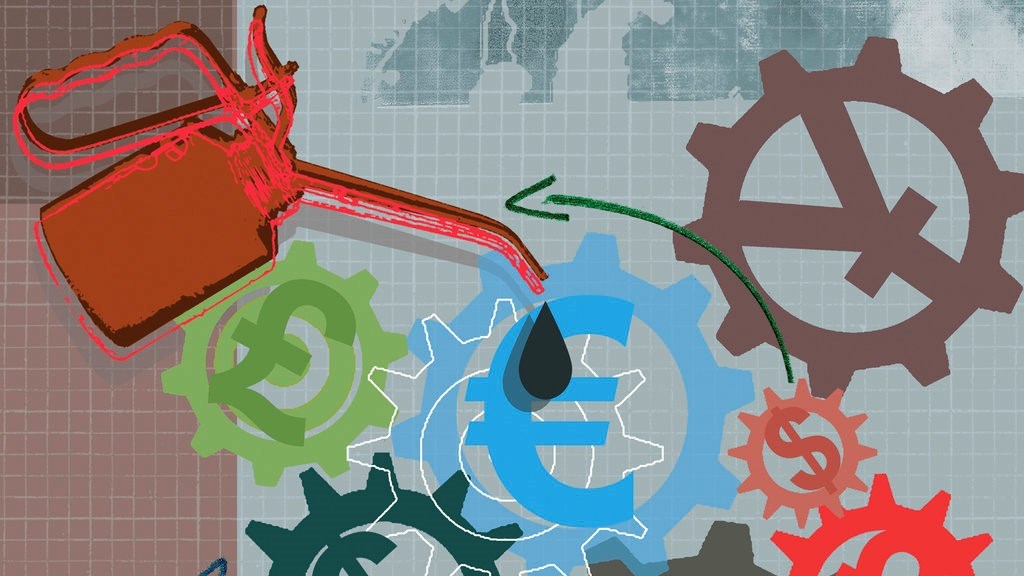In the wake of the financial crisis, many market watchers asserted that the combination of economic stimulus and the Federal Reserve's zero interest-rate policy would stoke inflation and in turn interest rates. Seven years later, however, neither scenario has panned out. While concerns over rising interest rates and inflation sparked a sell-off in bonds--and a spike in demand for those with inflation protection--following the election, both interest rates and inflation remain quite low by historical standards. The yield on the 10-year Treasury bond, for example, is just 2.4%. Meanwhile, the most recent year-over-year read on the Consumer Price Index, through November 2016, shows inflation at 1.7%, well below the long-term historical averages of 2.5%-3%. Indeed, in my recent survey of what financial experts are expecting from various asset classes over the next decade, most said that they expected inflation to remain tame--a silver lining in a return forecast that was fairly muted overall.
Yet even if inflation remains fairly benign, it's a mistake to lose sight of it as a risk factor for your investments. Investors who hunker down in fixed-rate investments, or worse yet, don't bother to invest their money at all, may buy themselves a sense of insulation from the short-term price volatility that accompanies longer-term investments. But they could be locking in real losses on their money once even modest inflation rates factored in. When investors grow concerned about inflation, prices on inflation-protective investments often move up in a hurry. By buying such investments after they've already run up, an investor runs the risk of eroding the inflation protection they provide.
But how much inflation protection does your portfolio need, really? Here's a closer look at the factors to consider when determining how much to insulate your investments from inflation, as well as some guidelines for right-sizing your positions in specific inflation-protective investments.
Add Inflation Protection if You:
1) Are actively tapping your portfolio for cash
Retired (or soon-to-retire) investors who are drawing at least a portion of their income from their portfolios have a much greater need for inflation protection than workers who are still accumulating assets for retirement. While parts of retirees' in-retirement income streams may have built-in inflation protection, such as a government pension with an inflation adjustment, the portion of their income that they're drawing from their portfolios does not. Thus, the purchasing power of their withdrawals will decline over time without some inflation protection, either direct (like Treasury Inflation-Protected Securities) or indirect (such as stocks).
2) Have a sizable portion of your portfolio in fixed-rate investments
Inflation protection is particularly important for investors, especially retired ones, with a portion of their portfolios staked in investments with fixed interest rates, such as cash and bonds. If inflation ticks up, the investor who's drawing upon fixed-rate investments would see a real decline in her purchasing power, unless she also took steps to inflation-adjust that income stream.
3)Are spending on something that is inflating at a very high rate
When deciding how much--and what types of--inflation-protective investments to buy, it’s valuable to consider what you ultimately intend to spend your money on. Your own inflation experience may be better or worse than what's reflected in the Consumer Price Index. An extreme example is the investor saving for college: With college tuition rising much faster than the general inflation rate over the past several decades, the college saver should not only be concerned about inflation but should also look beyond inflation hedges like TIPS, whose inflation adjustments are linked to CPI. To out-earn the college-inflation rate, college savers need to be invested in higher-returning assets like stocks, at least when the prospective college student is young.
Pay Less Attention to Inflation if You:
1) Are still in accumulation mode
In contrast with retirees who are actively tapping their portfolios, investors who are still drawing a salary have a valuable bulwark against inflation. Their wages will trend up over time as prices advance, thereby preserving the purchasing power of their salaries.
2)Have the majority (or a large percentage) of your portfolio in stocks
Stocks aren't a direct hedge against inflation. While it seems like there should be a connection, in that inflation is often a sign of an improving economy and the market likes economic growth, a countervailing force is that the higher input costs that result from inflation are a headwind for many types of companies--from packaged-food makers to automakers. Nonetheless, stocks have a better shot of out-earning inflation over long periods of time than any other asset class, especially given today's paltry starting yields on bonds and cash. From that standpoint, portfolios with heavier equity weightings have less of a need to add in direct hedges against inflation than ones with sizable allocations to fixed-rate investments like cash and bonds.
Right-Sizing Your Exposures
The aforementioned covers how much investors should be concerned about inflation, at least from a general standpoint. But what about putting inflation protection into practice? Which categories should an inflation-defending portfolio encompass, and how much? Here's a closer look at how asset allocation experts approach some of the major investment categories thought to have inflation-protective characteristics.
TIPS: Generally speaking, an investor's allocation to TIPS (and/or I-bonds) should increase along with his or her allocation to fixed-rate investments and cash. That's the reason that Morningstar's Lifetime Allocation Indexes--and most target-date fund series, for that matter--include little to nothing in inflation hedges like Treasury Inflation-Protected Securities for young accumulators and substantial allocations for those nearing drawdown mode.
Real estate: While not a direct hedge against inflation, the returns of commercial real estate investments have been modestly correlated with inflation. In contrast with TIPS, however, target date funds' real estate allocations don't necessarily increase with age. For example, the typical 2045 target-date fund steers 6% of its equity allocation to real estate investments, whereas the average weighting for a 2015 target-date fund is 4% of equity.
















